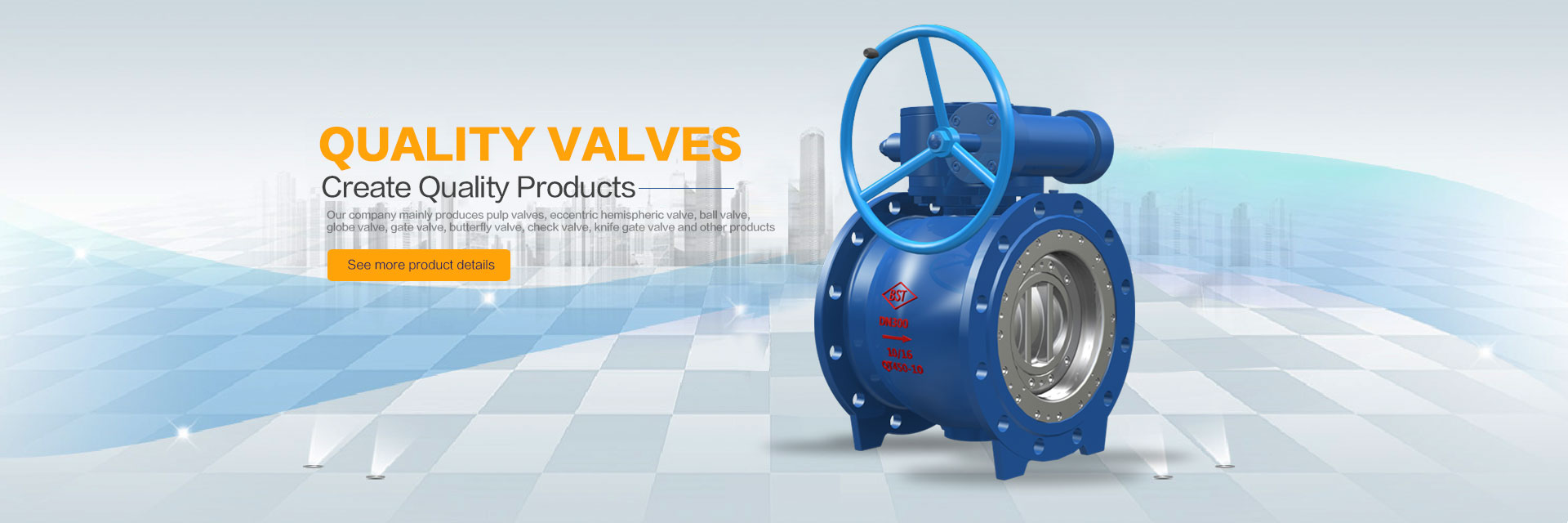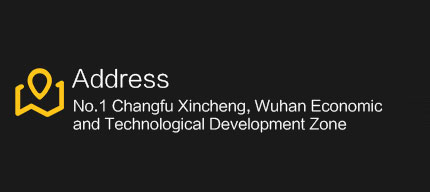The last line of defense for pressure relief valves in pressure vessels shall be
The installation of safety and relief valves in pressure vessels and the use of stop valves upstream and downstream are considered to be the last line of defense for equipment with internal pressure greater than atmospheric pressure. However, this protection can only be guaranteed through regular maintenance.
Pressure relief valves (PRVs) are used in a variety of industrial areas, such as oil refineries, pulp and paper, fertilizer, chemical and food industries. These valves are used to protect pressure vessels built in accordance with ASME Code Section VIII, Division 1. In this way, life, the environment and investment capital can be protected by properly sized, specified, installed and subsequently inspected and maintained relief valves.
Depending on the industry, users may need to periodically remove these valves for inspection and maintenance. It may be necessary to shut down the plant completely before performing this maintenance.
When the user foresees this demand, at least two pressure relief valves must be installed, and the separate flow of each valve is responsible for at least 100% of the flow required by the process. Therefore, one safety relief valve will always be exposed to the process while the other will remain. In such applications, the set pressure of both valves must be limited to the same MAWP value. With this arrangement, the user can remove a safety relief valve for maintenance and always be protected by another safety relief valve when the process continues to operate.
The ASME Code, Section VIII, Division 1 (2021 Edition), in its Appendix M, only allows the use of upstream and downstream PRV globe valves for removal for maintenance.









